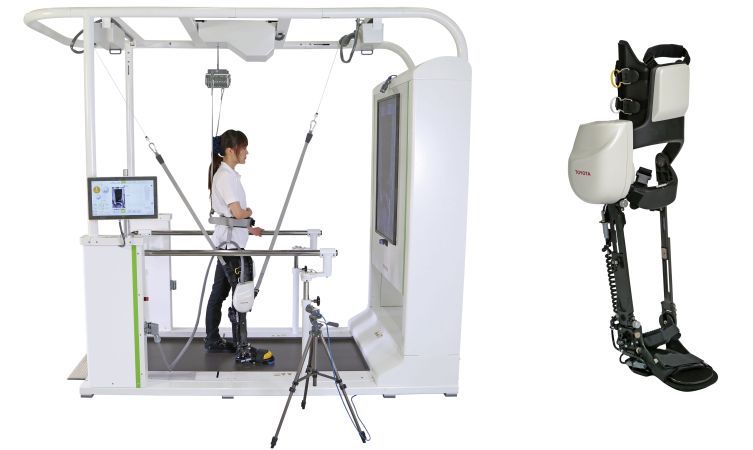Bolu Ajiboye and Case Western colleagues used an implanted BrainGate2 brain-computer interface to allow a tetraplegia patient to control arm movements via an implanted FES muscle stimulation system. A robotic arm, which was needed...
Monthly Archives: April 2017
Sweat sensor for cystic fibrosis detection, drug optimization, glucose monitoring
Carlos Milla, Ronald Davis, and Stanford and Berkeley colleagues have developed a wearable sweat sensor for detecting cystic fibrosis, diabetes and other diseases. It can also aid drug development and personalization, and continuously monitor...
Robotic leg brace helps stroke patients walk
Toyota’s Welwalk WW-1000 exoskeleton is designed to help those with paralysis on one side of their body walk again. The frame is worn on the affected leg, with a motor at the knee joint that...
Verily’s health sensing research watch
The Verily Study Watch passively captures health data for continuous care platforms and clinical research. Key features described by the company include: Multiple physiological and environmental sensors are designed to measure relevant signals for...
CRISPR platform targets RNA and DNA to detect cancer, Zika
Broad and Wyss scientists have used an RNA-targeting CRISPR enzyme to detect the presence of as little as a single target molecule. SHERLOCK (Specific High Sensitivity Enzymatic Reporter UnLOCKing) could one day be used to respond to viral...
Apple reportedly developing non-invasive glucose monitor
CNBC’s Christina Farr has reported that Apple has been quietly developing a non-invasive, sensor-based glucose monitor. The technology has apparently advanced to the trial stage. Diabetes has become a global epidemic. Continuous monitoring, automatic insulin delivery,...





